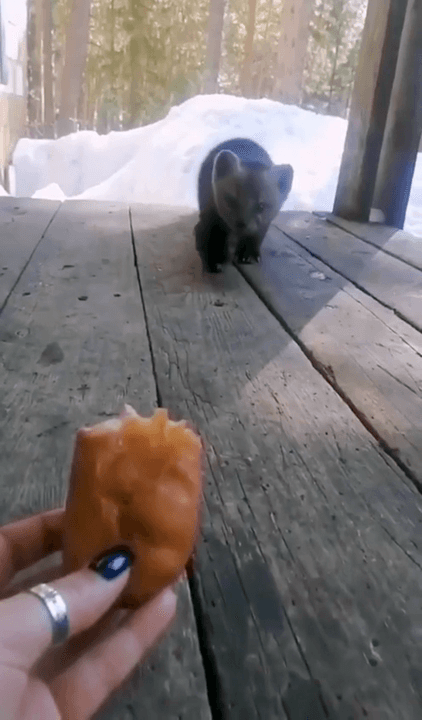
Hunters' Success: Wolf population control with RikaNV thermal imaging scopes The morning starts with great news from Belarus! Oleg Krupitsa, a member of our RikaNV team, has successfully controlled the wolf population in his hunting grounds. This is an important achievement in hunting, and we are happy to congratulate him on his successful "field"! In this article, we will tell you how modern thermal imaging scopes help hunters achieve such results. Controlling the population of wild animals such as wolves is an important part of ecosystem management. With the help of modern technologies such as RikaNV thermal imaging scopes, hunters can perform their tasks more efficiently and accurately. Oleg Krupitsa used the following devices: RikaNV Lesnik 350L Thermal Imaging Scope This device provides high accuracy and reliability in all conditions. It is ideal for hunting wolves and other wild animals. [Learn more about RikaNV Lesnik 350L](https://rikasale.ru/product/rikanv_lesnik_350l/) Ri
Post: 31 October 09:40






